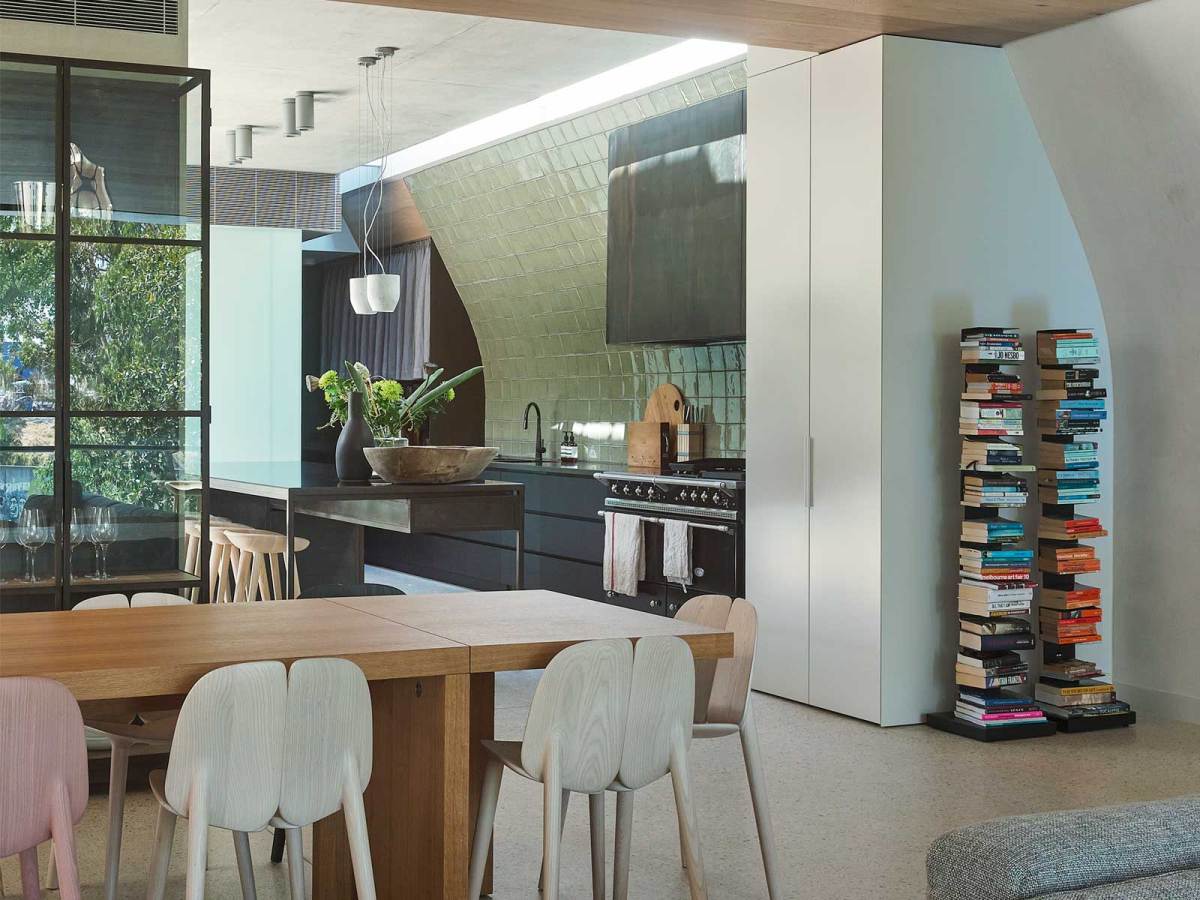Opinion by Graziano Soliani

Gas or electricity? The fury of the Janus of cooking must be placated even before the selection of the type and brand of the appliances. How to fuel your cooking machines is quite a tough question and must be addressed carefully if you want full enjoyment in the kitchen.
Granted that both gas and electricity can be extremely environmental-friendly energy sources if produced in a sustainable manner, it is necessary to analyse the issue from two different points of view:
1) From a technical side, you have to understand which type of fuel is widely and regularly available in your area, and what will be the impact on your bill for its daily use for food preparation.
2) At a more refined level, it is important to check your own way of cooking and which kind of recipes will be usually prepared with your new machines.
Click here to sign up for our free daily newsletter
Sometimes electricity is not regularly available in a region or is very expensive. In that case, gas will be the easy choice, especially if it is directly piped in every domestic building. Additionally, in some regions, the electricity capacity available for private use is limited and extra consumption can cut the supply, which is a very annoying inconvenience. On the contrary, local regulations may require that no gas connections should be used in high-density housing or in very energy-efficient buildings and, in this case, electricity will be the compulsory choice.
Once the practical aspects have been duly evaluated and the choice between gas and electricity is still open — as it is in most cases — you have then to carefully consider your cooking habits and preferences before making the final decision.
Is Cake Boss is a favourite reality show? Or does the home gourmet want to outperform the aspirants on MasterChef? Let’s consider the pros and cons on cooking performances for electricity and gas powered machines.
Electric ovens allow a precise management of the temperature from extremely low levels, even less than 50° Celsius. Low temperature baking and pastry preparations are the fields where you can obtain the best results. In addition, electronically assisted cooking is another great opportunity offered today, a fantastic help for novice chefs. On the flip side, electric ovens take usually quite a long time to reach the selected working temperature, even when fast preheating functions are available. Let’s also not forget that the preheating phase consumes about half of the electricity requested for an average cooking cycle.
Electric cooktops, using in particular induction technology, are exceptionally energy efficient and fast, but they may be perceived as cold pieces of electronics that do not help the creative flair of the chef, who wants to feel in full control of the cooking process, touching the knobs and looking at the flames.
Gas ovens, on the contrary, are usually the preferred choice for cooking aficionados. The working temperature is reached in a very short time and the natural moisture produced by the gas combustion is perfect for baking meat, fish, bread and pizza. The dehydration during the cooking process is limited and food, while crispy and seared in the outside, remains tender in the inside. However, the management system of gas ovens is still based on a mechanic control and user experience is often required to get the best results.
Gas cooktops are the preferred choice for restaurants and by people who like to cook in the traditional way. The visual control on the gas flame gives an immediate feedback and a very wide variety of pots can be accommodated, regardless of the materials or shapes. As every connoisseur is well aware, every recipe needs its own type of pot to make a real masterpiece and you cannot get this flexibility from induction cooktops. However, as for the ovens, operating a gas hob is a very manual procedure, and the user capability still makes the difference for achieving the best results.
Want to be the real King of the Kitchen? You must then find a way to get the advantages of both the gas and electric technologies in the same cooking machine.
The very good news is the best Italian manufacturers today offer hybrid ovens that can work on either gas or electricity, according to the type of dish you want to prepare. In the same cavity electric heating elements and a gas burner can be used alternatively, allowing a great operating flexibility. This really is the sceptre to rule as the King or Queen of the Kitchen: at the same time you will able to oust the Cake Boss and become the new MasterChef!
Graziano Soliani is the sales manager for Bertazzoni, an Italian cooker manufacturer based in Guastalla, Italy.

